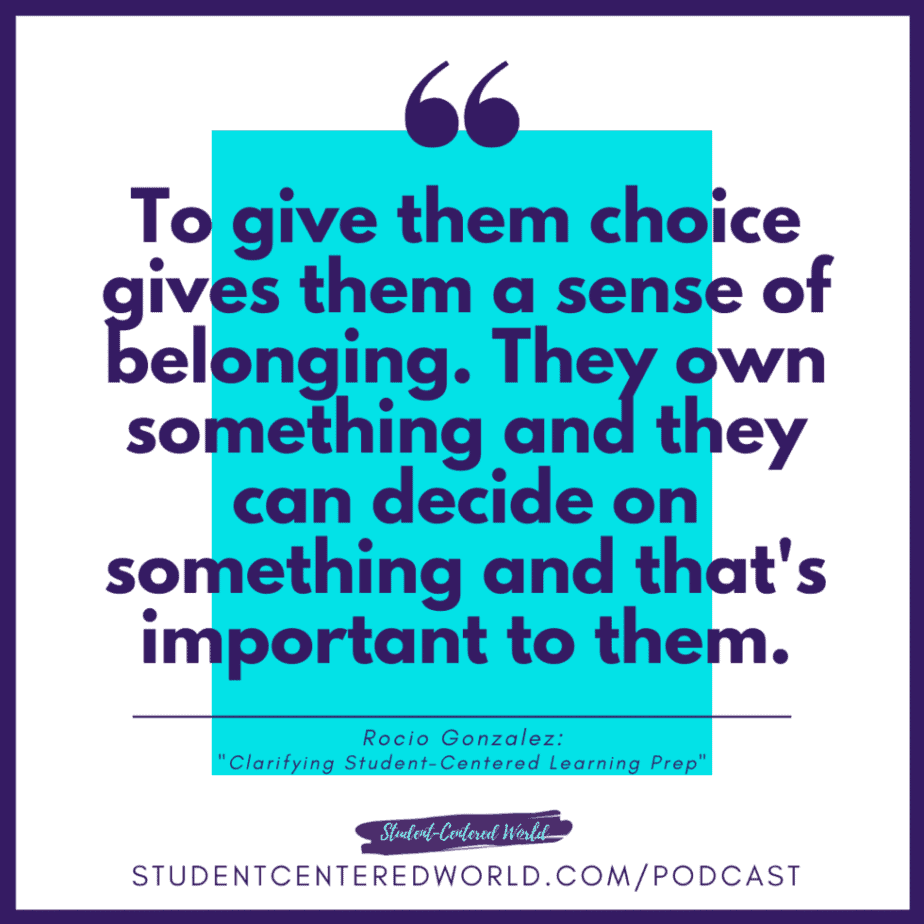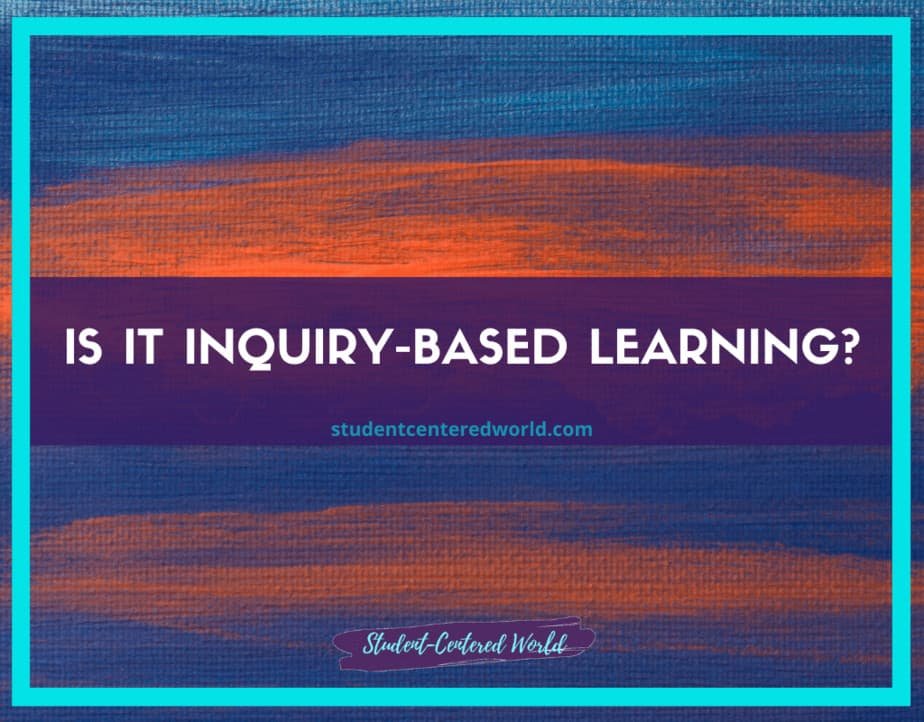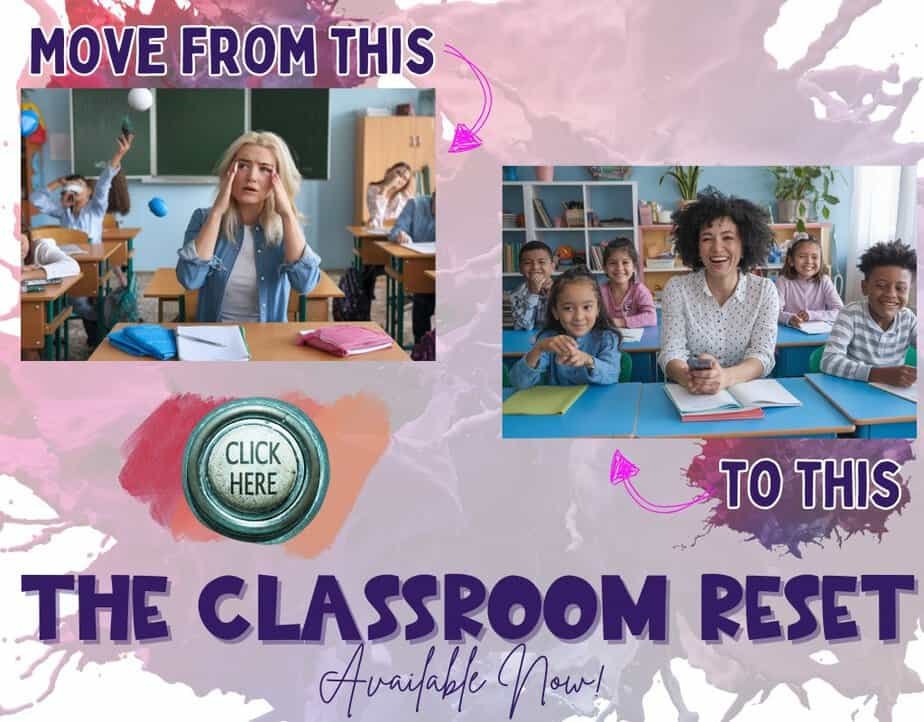What is Student-Centered Learning? A Guide for Teaching
Click above to listen to the podcast episode: “Clarifying Student-Centered Learning Prep with Rocio Gonzalez“
A student-centered classroom is a dynamic learning environment where students take an active role in their own learning process. Unlike the traditional teacher-centered classroom, this instructional approach emphasizes student agency, allowing students to explore their own interests and fostering critical thinking and problem-solving skills. Recent years have seen a growing body of research highlighting the benefits of student-centered learning, showing improved student engagement and achievement across various grade levels.
In a traditional classroom, the teacher is the primary source of knowledge, and student learning is often passive. The teacher-centered model relies heavily on direct instruction, where the teacher lectures from the front of the classroom, and students take notes. This traditional approach can be effective for certain types of learning, but often fails to engage students actively.
In contrast, a student-centered environment encourages students to become active participants in their education.
By incorporating project-based learning and inquiry-based learning, students are motivated to take ownership of their learning goals and work at their own pace. This active process not only engages students but also helps them develop essential skills for higher education and beyond.
Understanding the Philosophy
The philosophy of student-centered learning is based on the idea that students learn best when they are actively involved in their own learning process. This approach contrasts with the traditional teacher-centered model, where the teacher is the primary source of knowledge, and students are passive recipients. In a student-centered environment, students are encouraged to take ownership of their learning goals, work at their own pace, and engage with course content in ways that are meaningful to them. This philosophy supports the development of critical thinking, problem-solving skills, and a lifelong love of learning.

Incorporating student-centered learning requires educators to adopt various instructional strategies that promote active participation and engagement. For instance, project-based learning and inquiry-based learning are effective methods that allow students to explore real-world problems and develop solutions collaboratively. These approaches not only enhance understanding but also foster essential skills such as collaboration, communication, and adaptability. By working on projects that interest them, students can see the relevance of their education to their lives and future careers.
Another crucial element of student-centered learning is formative assessment, which provides ongoing feedback to students about their progress. Unlike traditional assessments that often occur at the end of a learning period, formative assessments are integrated throughout the learning process, helping students identify areas for improvement and adjust their strategies accordingly. This continuous feedback loop empowers students to take control of their learning and strive for mastery.

Furthermore, the student-centered approach recognizes the diverse backgrounds and learning styles of students. It allows for differentiation and personalized instruction, ensuring that each student can access the curriculum in a way that suits their unique needs. For example, using educational technology can support students with different learning preferences, such as visual, auditory, or kinesthetic learners. By providing multiple avenues for engagement, teachers can create an inclusive classroom environment where all students feel valued and supported.
Ultimately, the shift towards student-centered learning represents a significant paradigm shift in education. It challenges the traditional notions of teaching and learning, placing the student at the center of the educational experience. By fostering a culture of active engagement, critical thinking, and lifelong learning, educators can better prepare students for the complexities and demands of the modern world. This approach not only enhances academic achievement but also promotes the overall development of students as confident, capable, and self-directed learners.
Start Small and Build Gradually
Transitioning to a student-centered learning environment doesn’t happen overnight. It’s essential to start with small steps, introducing one or two student-centered activities at a time.
In the beginning, you might integrate simple project-based learning activities or formative assessments that require students to reflect on their learning process. These activities can be adapted to different contexts and grade levels, making them suitable for both large classes and more intimate classroom settings. As students become more comfortable with these activities, you can introduce more complex tasks and gradually shift from a traditional teacher-centered approach to a student-centered model.
Starting small also allows you to adjust your teaching methods based on student feedback and performance. This flexibility is crucial for meeting the distinct learning needs of individual students and ensuring that all students can benefit from a student-centered approach.
Incorporate Educational Technology
Educational technology is a powerful tool for creating a student-centered classroom. Tools like Flipgrid and Edpuzzle enhance active student engagement by allowing students to interact with course content in different ways. Flipgrid supports student voice by enabling students to record and respond to video prompts, which is particularly useful for language learning and conversational practice. Edpuzzle allows teachers to embed formative assessments into videos, providing real-time feedback on student understanding.
Incorporating technology also supports the use of project-based learning and problem-based learning, which are key components of a student-centered approach. These methods encourage students to explore complex problems and work collaboratively to find solutions. By using technology to facilitate these activities, you can create a more interactive and engaging learning environment.
Technology can also help accommodate the diverse backgrounds and learning needs of students. For example, online classes and digital tools can provide flexible options for students who may struggle with traditional instruction. This inclusivity ensures that all students, regardless of their background or learning style, can participate fully in the learning process.
Create Choice Boards
Student choice is a cornerstone of the student-centered approach. Choice boards offer various activities catering to different learning styles and interests, giving students the freedom to explore topics that interest them while still meeting learning objectives. Rocio Gonzalez successfully used choice boards to increase student engagement. Even a simple choice board with three options can motivate students by giving them ownership of their learning goals.
Choice boards can be particularly effective in large classes where individual attention is challenging to provide. By offering a range of activities, you can ensure that all students find something that resonates with their interests and strengths. This approach also supports competency-based education, allowing students to work at their own pace and focus on areas where they need the most improvement.
Utilize Interactive and Collaborative Tools
Interactive tools and collaborative learning environments, such as breakout rooms in virtual settings or small groups in physical classrooms, foster deeper understanding and student collaboration. Group work allows students to tackle complex problems together, enhancing their problem-solving skills. Platforms like Zoom or Google Meet facilitate small-group instruction, enabling targeted support and peer learning.
Collaborative learning environments also encourage the development of social skills and conflict-resolution abilities. By working together on projects and activities, students learn to communicate effectively, negotiate differences, and build strong connections with their peers. These skills are crucial for success in both higher education and the workplace.
Leverage Real-World Connections
Connecting lessons to real-world experiences makes learning more relevant and engaging. Rocio Gonzalez used ePals to connect her students with peers worldwide for cultural exchanges and collaborative projects. This approach helps students see the practical applications of their learning and develop a global perspective, an important skill in today’s interconnected world.
Real-world connections can also be made through project-based learning and inquiry-based learning. These methods encourage students to explore real-world problems and develop solutions, making their learning experience more meaningful and relevant. By incorporating real-world examples and applications into your lessons, you can help students see the value of their education and motivate them to take an active role in their learning.
Plan with Backward Design and Flexibility
Backward design starts with the learning objective and plans the instructional strategies and assessments to achieve it. This method ensures that all activities align with desired outcomes and support a coherent and focused learning experience. Flexibility is essential; adjust your plans based on student feedback and performance. This adaptive strategy supports competency-based education, meeting the unique needs of each student.
By using backward design, you can create a clear roadmap for your students, helping them understand what they need to achieve and how they can get there. This approach also allows you to incorporate a variety of teaching methods and activities, ensuring that all students have the opportunity to succeed.
Invest in Professional Development
Professional development is key to mastering student-centered instruction. It is vital to find ones that provide valuable insights and practical strategies for implementing student-centered learning because much is out there about why it works, but not much goes into detail on how to actively implement it in your own classroom (spoiler alert: The Classroom Reset does!). Collaborate with fellow educators to share best practices and stay updated with new ideas and effective methods.

Investing in professional development ensures that you stay informed about the latest research and trends in education. Organizations like the Nellie Mae Education Foundation and the National Center for Student-Centered Learning offer resources and support for educators looking to adopt student-centered practices. By staying engaged with the broader educational community, you can continue to refine your approach and provide the best possible learning experience for your students.
Benefits of Student-Centered Learning
The benefits of student-centered learning experiences are well-documented. Students in these environments are more engaged, develop stronger problem-solving skills, and achieve better student outcomes. This educational approach caters to individual needs, promoting a deeper understanding and retention of subject matter. Unlike teacher-centered learning, which relies on passive instruction, student-centered teaching emphasizes active learning, where students take a sense of ownership over their learning journeys.
In a classroom setting that prioritizes student-centered learning, students are not just passive recipients of knowledge but active participants. This shift from traditional instructional approaches helps them develop critical thinking skills and fosters a love of becoming lifelong learners. By allowing students to work at their own pace, explore students’ interests, and engage in group projects or independent work, educators create more educational experiences that are both enjoyable and fulfilling.
Key Strategies for Implementation
Implementing student-centered learning experiences requires a significant shift in the teacher’s role, moving from lecturing to guiding. Here are some effective ways educators can make this transition:
- Start Small: Adjust lesson plans to include more active learning opportunities, such as discussions or hands-on activities.
- Incorporate Technology: Use powerful tools and learning resources to present information in different ways.
- Offer Student Choice: Allow students to select topics or projects based on students’ strengths and students’ interests.
- Leverage Real-World Connections: Relate subject areas to real-world applications to deepen engagement.
- Foster a Supportive Learning Community: Build strong relationships among students to encourage collaboration.
- Use Flexible Seating & Universal Design: Adapt the school environment to accommodate diverse learners, including considerations for sexual orientation, grade level, and learning preferences.
- Invest in Professional Development: Explore additional resources and training to refine instructional approaches, like the ones listed above.
Conclusion
By embracing the principles of student-centered learning, educators can create a more dynamic and inclusive school day. The good news is that even small changes, like incorporating group projects or redesigning class time, can lead to improvements in student performance and academic performance.
For continued growth, educators should seek out professional development opportunities and collaborate within a learning community. This first step ensures that student-centered learning experiences become an integral part of the school environment, ultimately empowering students to thrive as lifelong learners.
This article was originally published on March 19, 2021






